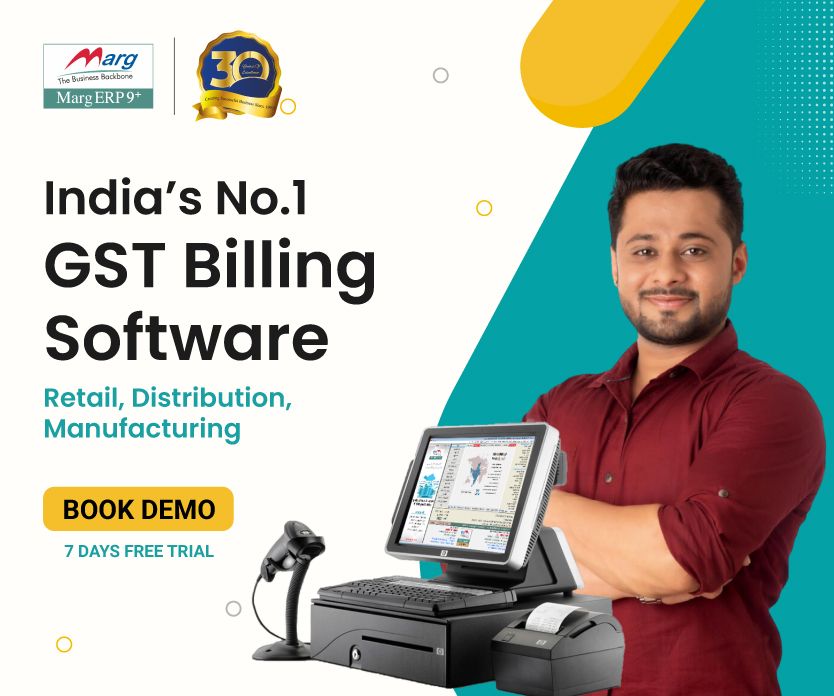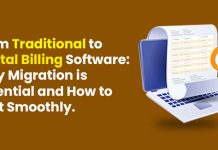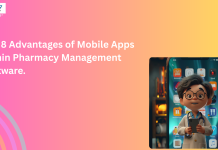Billing software services and solutions offer current digital frameworks that have driven organizations into the new digital era, allowing for higher productivity and simplicity of company administration in general.
What Does “Billing Software” Really Mean?
The term “billing software” is used in the field of information technology to describe systems that keep track of the billable goods and services provided to a client. Some billing software also records labor hours for billing objectives. With this kind of software, many of the steps that used to take a lot of time when making invoices or other documents are now done automatically.
How Does Billing Software Work in Today’s Business?
A billing software’s work in today’s business is to let you view all of your data over the web after you enroll in online billing software. It can sometimes be downloaded directly to your computer, which lets you look at your data right from your phone.
However, it is increasingly working in the “cloud.” This means that all user accounts and data are stored online, not on your desktop. Billing software often includes automatic payments, produced invoices, and an area for company bookkeeping.
Billing software helps you monitor the items and services your clients use, prepare and send invoices, and collect payments. Some billing platforms, on the other hand, can do a lot more. They can take care of the repetitive tasks that your finance team has to do every day.
For example, some billing software lets you keep track of the time you spend on a client’s work, which is very important if you charge by the hour. Also, billing software may have a number of reports, keep track of debt, handle collections, and connect to key solutions for things like taxes and payment processing.
Depending on the items you offer, your pricing models, and client preferences, you will want extra invoicing capability if you operate a software-as-a service (SaaS) organization.
You’ll need a billing system that allows you to charge on different payment schedules, such as monthly, semi-annually, yearly, or bespoke. When coupons, discounts, and promotions are made available, your billing system must automatically account for them against the related goods for the period of the campaign.
Lastly, as SaaS businesses get more complicated, they need more powerful reporting tools to keep track of key performance indicators (KPIs) like annual recurring revenue (ARR), monthly recurring revenue (MRR), churn percentage, reactivation rate, profitability, and predicted future income.
Free Download Billing Software
Conclusion
Most company owners nowadays use some kind of automated billing software. Depending on your needs, you may decide that specialized software designed for your sector is the way to go, or you may conclude that a comprehensive, all-in-one solution is your best bet.
Naturally, the best automated billing software for your business will depend on its needs, procedures, and workflows. Your requirements for creating invoices and keeping track of your client’s information may both be met by billing software.
Read Other Useful and Related Service: E-Invoicing Under GST






